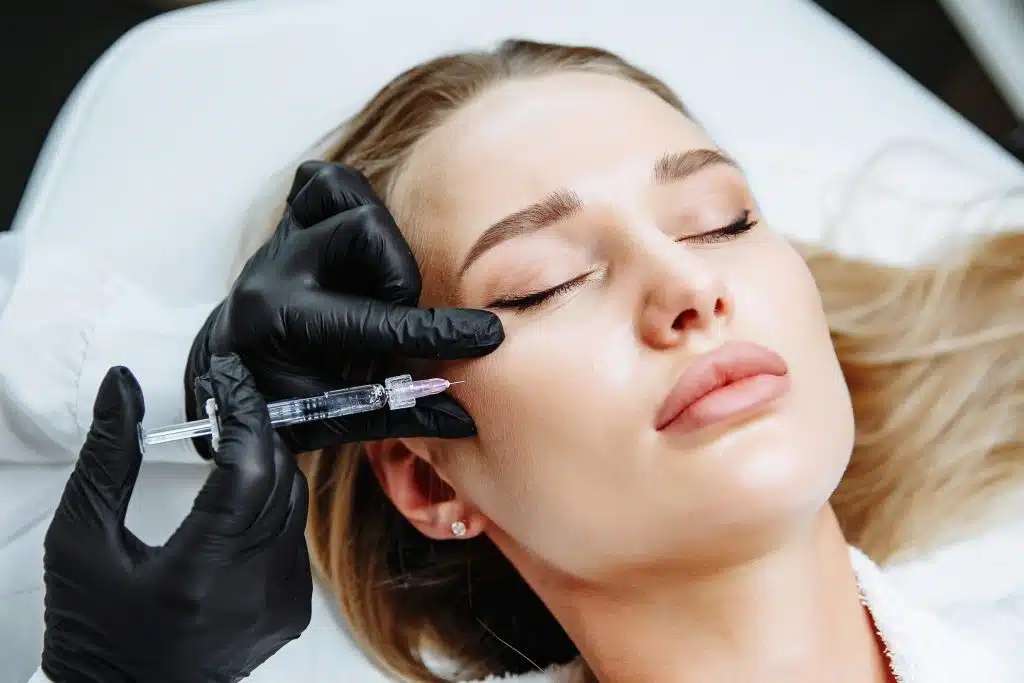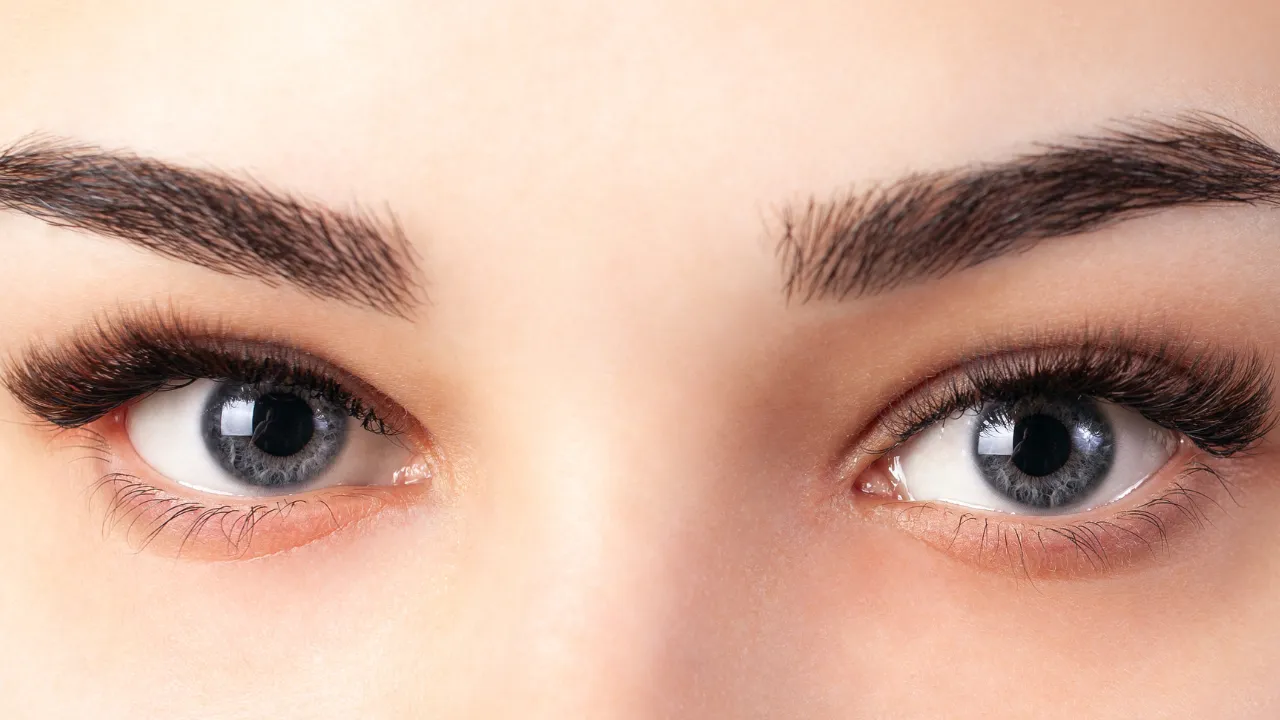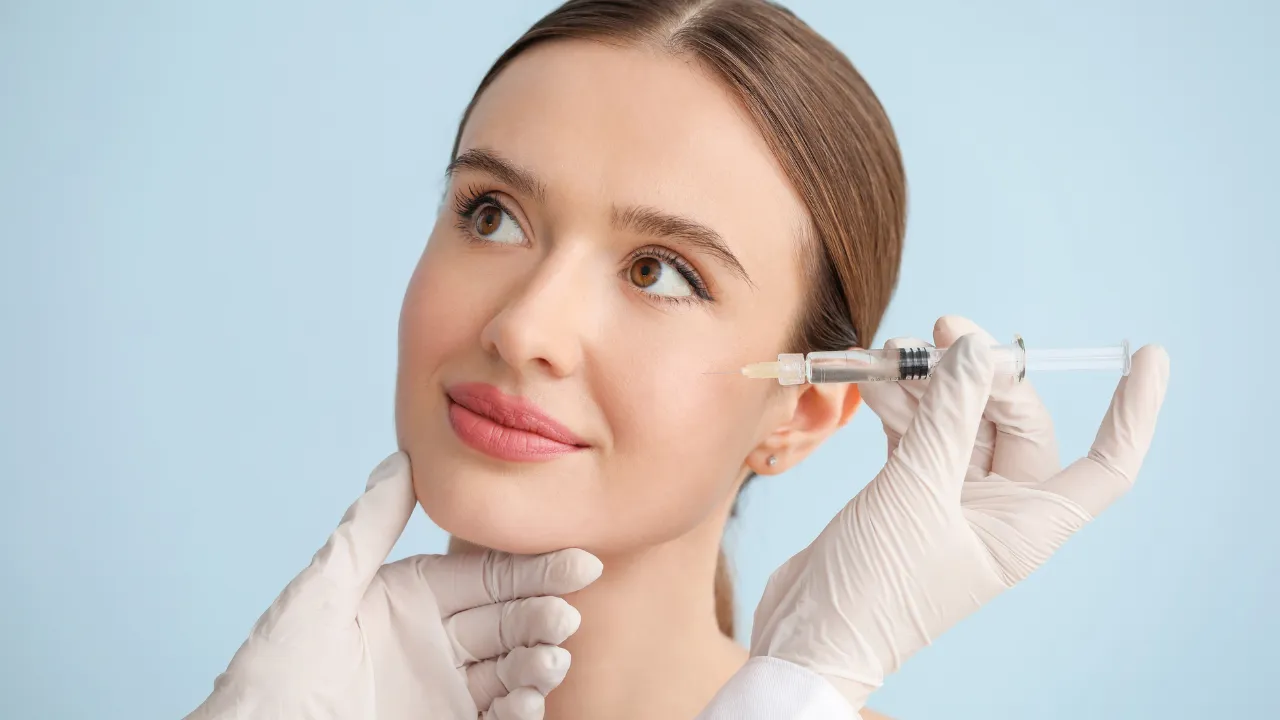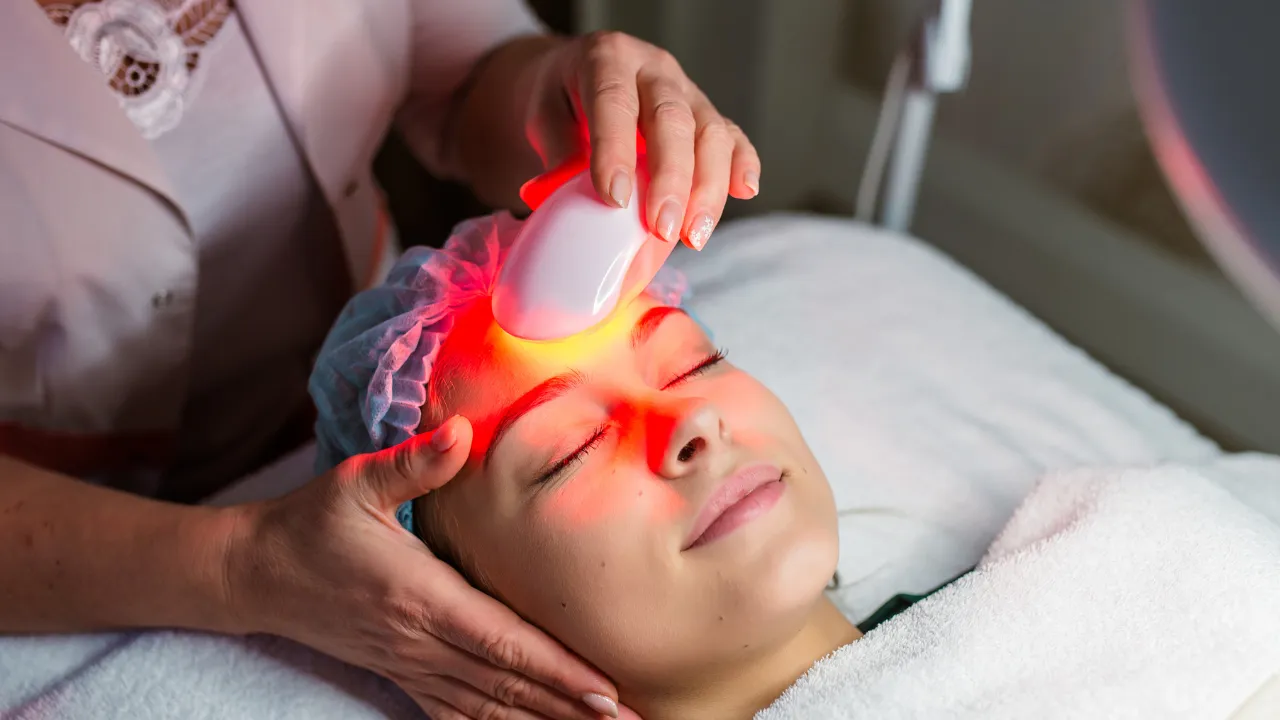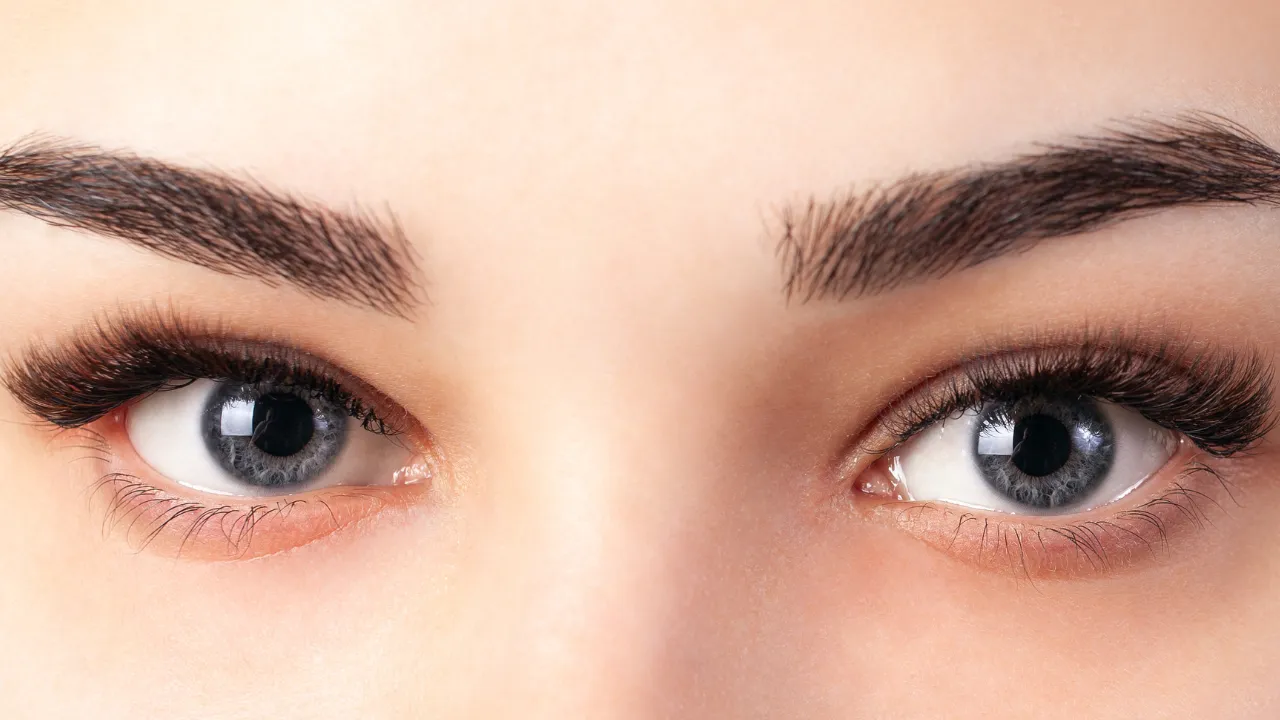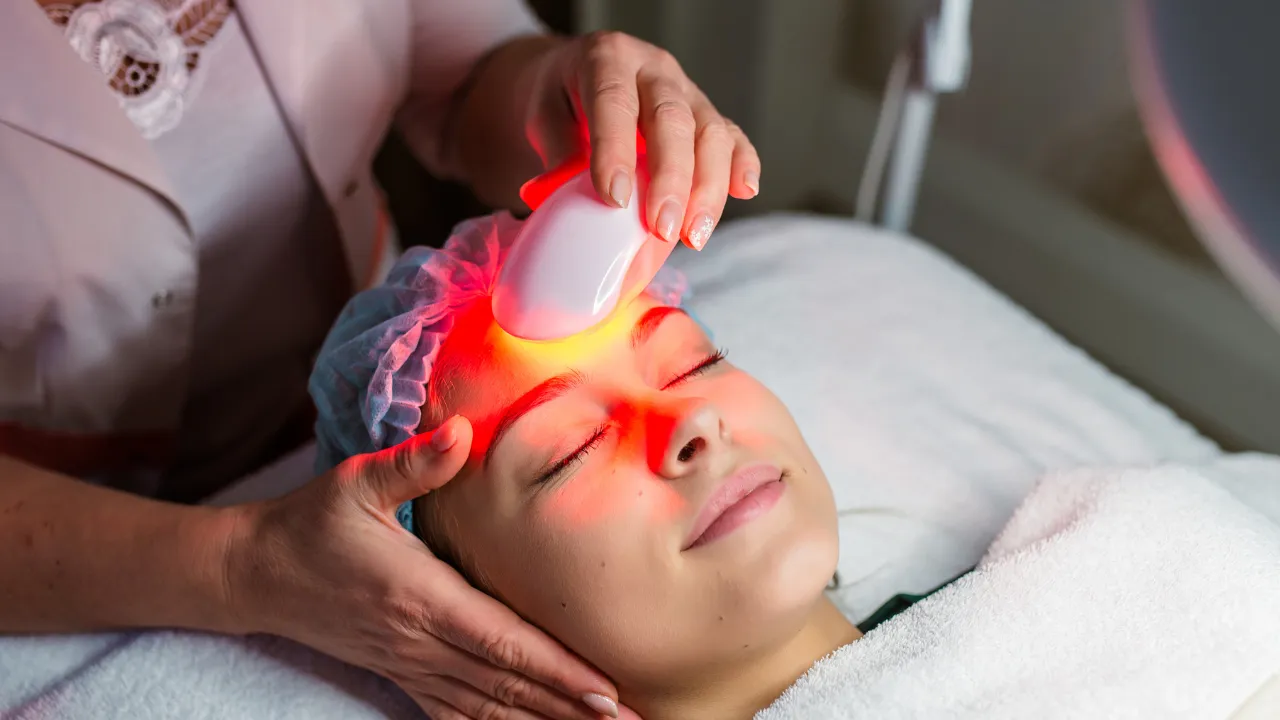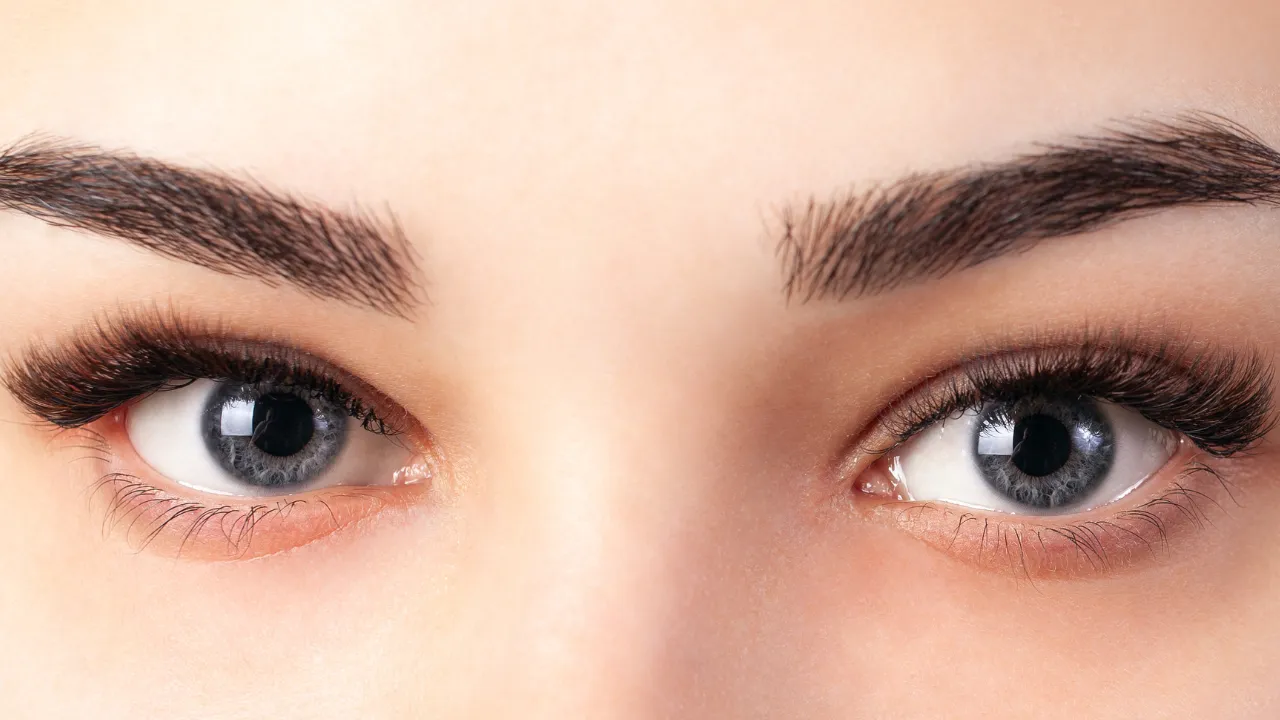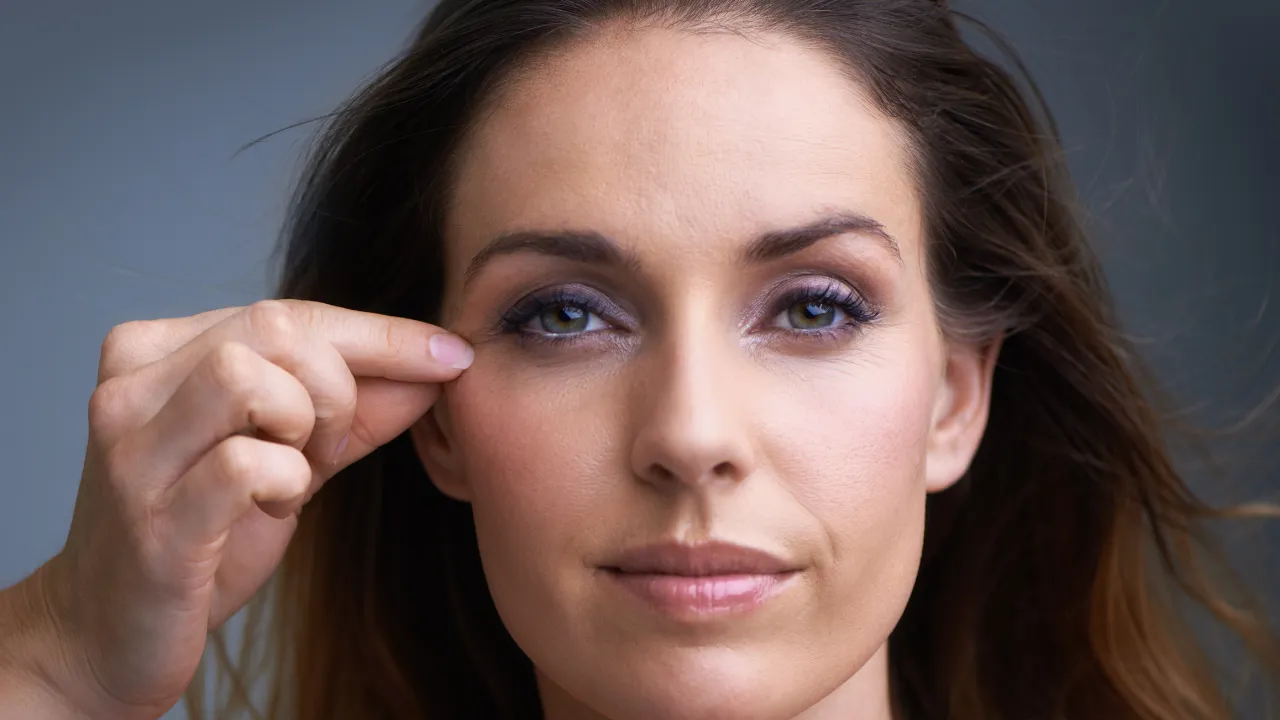Table of Contents
ToggleKey Takeaways
- Most blepharoplasty procedures use local anesthesia.
- Light sedation is added when needed. General anesthesia is only used for long or complex surgeries.
- Dr. Joel Kopelman chooses the safest method for each patient. Recovery is quick, and swelling or bruising fades in a few days.
- Insurance may cover surgery if vision is affected by excess skin.
Thinking about eyelid surgery? At Kopelman Aesthetic Surgery, Dr. Joel Kopelman ensures that each patient stays safe and comfortable. He uses proven methods, so blepharoplasty anesthesia works well for your needs.
Types of Anesthesia Used in Blepharoplasty
Most eyelid surgeries use local anesthesia for blepharoplasty. It’s safe and done in the office.
Local Anesthesia vs. Sedation Options
A local anesthetic is injected to numb the surgical site. You stay awake but feel no pain. Some patients also receive mild sedation to help them remain calm. This is common for upper blepharoplasty.
What Medications Are Used During Blepharoplasty Anesthesia?
-
Lidocaine numbs the area.
-
Epinephrine helps reduce bleeding.
-
Midazolam or Diazepam relaxes the patient.
-
Propofol is used when a deep level of sedation is required.
These drugs are chosen for safety and comfort.
Do You Need to Be Put to Sleep?
Most patients don’t need general anesthesia. Local anesthesia with light sedation works well. It’s safer and faster to recover from.
General Anesthesia: When Is It Used?
| Anesthesia Type | Awareness | Recovery Time | Common Uses |
|---|---|---|---|
| Local Anesthesia | Awake | 1–2 hours | Most upper/lower eyelid surgeries |
| IV Sedation | Calm but alert | 2–4 hours | Lower eyelid or combo procedures |
| General Anesthesia | Fully asleep | Several hours | Complex or long surgeries |
Dr. Kopelman selects the method that best suits your needs. Many procedures are performed under local anesthesia alone. Feel free to check out this guide for insights on managing uneven swelling after blepharoplasty.
Anesthesia Options for Upper vs. Lower Eyelid Surgery
The method depends on the area being treated and its sensitivity.
Upper Eyelid Anesthesia Overview
Upper eyelid surgery often uses local anesthesia. Dr. Kopelman numbs the area thoroughly before starting. This enables the procedure to be completed safely and effectively.
Local Anesthesia for Lower Blepharoplasty
Lower eyelid tissues are delicate. Many patients prefer IV sedation for comfort, but blepharoplasty can be done under local anesthesia in many cases.
Can Lower Eyelid Surgery Be Done Without Anesthesia?
No. All eyelid surgery needs anesthesia to avoid pain and keep you safe. Every surgical site must be adequately numbed before treatment begins.
Factors That Influence Anesthesia Choice
-
Procedure Type and Complexity
Simple eyelid lifts use local anesthesia. More involved work, such as treating drooping eyelids or facial combinations, may require sedation or general anesthesia. Read more in the types of eyelid surgery guide. -
Patient Health, Preferences, and Choice of Anesthesia
Your health and past experiences matter. Dr. Kopelman talks with you to decide what works best. -
In-Office vs. Surgery Center Settings
Local anesthesia is used in the office. Sedation or general anesthesia is done in a surgery center.
Who Administers Anesthesia During Eyelid Surgery?
Dr. Kopelman gives local anesthesia in his office. For sedation or general anesthesia, a trained anesthesiologist or nurse handles it. Learn more about who performs eyelid surgery.
Comfort, Pain, and Recovery Expectations
Risks and Safety of Anesthesia in Eyelid Surgery
-
Local anesthesia: Minor swelling or bruising.
-
IV sedation: Short-term sleepiness or nausea.
-
General anesthesia: Rare risks include reactions or breathing trouble.
Dr. Kopelman checks for allergies and closely monitors your condition. Learn more in the blepharoplasty recovery guide.
Pain Levels During and After Surgery
Most people feel little to no pain. The numbing lasts a few hours. You can use regular pain relievers if needed.
Anesthesia Recovery Time and Side Effects
Local anesthesia wears off in a few hours. Sedation or general anesthesia takes longer. See how long eyelid surgery takes.
Cost and Insurance Information
Cost of Local Anesthesia and Sedation
Local anesthesia costs less. Sedation incurs additional fees for both the provider and the facility.
Insurance and CPT Coding Basics
If surgery is necessary for vision problems, insurance may cover the costs. Cosmetic surgery is not covered. CPT codes are used to file claims.
When Is Blepharoplasty Medically Covered?
If extra skin obstructs your vision, you may be eligible for treatment. You’ll need an eye exam.
Blepharoplasty helps remove excess eyelid skin that causes discomfort or blocks vision. As a board-certified plastic surgeon, Dr. Kopelman uses modern plastic surgery techniques to improve both appearance and function.
After surgery, patients receive full post-operative care instructions to support a smooth recovery. If you’re ready to explore your options, schedule a consultation with Dr. Kopelman today.
Blepharoplasty Anesthesia FAQ's
What kind of anesthesia is used for a blepharoplasty?
Most use local anesthesia with mild sedation.
Can you be awake during blepharoplasty?
Yes. Most people stay awake and relaxed.
Does blepharoplasty require general anesthesia?
Only for complex or lengthy surgeries.
Is local anesthesia safe for eyelid surgery?
Yes. It’s widely used and proven safe.
What is the CPT code for blepharoplasty anesthesia?
Codes vary. Your provider will explain what applies to you.




